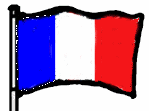 (modifié de Coste, Flore de la France 1937) :
(modifié de Coste, Flore de la France 1937) :
* Cliquer pour une clé simplifiée des graminées des Cévennes
Groupe IX : Panicule lâche, 2+ fleurons hermaphrodites, ligule membraneuse, arête terminale/sub-terminale/absent. Glumes de petite taille.
Plante vivace, vivipare, de 10-40 cm, glabre, à souche fibreuse gazonnante ; tiges renflées en bulbe à la base, dressées ou genouillées, cylindriques, lisses
Écologie : (répartition d'après la flore) Murs, lieux secs et arides, dans toute la France et en Corse.
Répartition hors de France : Europe; Asie tempérée; Afrique septentrionale.
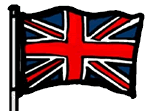 (modified from Butcher, British Flora 1961):
(modified from Butcher, British Flora 1961):
NOTE: the French text is more complete and up-to-date
* Click for simplified key to the grasses of the Cévennes
Group IX: Loose panicle, 2+ fertile (hermaphrodite) florets, membranous ligule, absent or terminal/sub-termimal awn; short glumes:
A tufted, bulbous-based perennial [Commonly viviparous, Stems bulb-like at base] with many erect or spreading stems 5-40 cm high.
Ecology UK: (distribution according to flora) It occurs rarely in sandy and grassy places near the sea on the coasts of S.E. England from Norfolk to Devon.
France:
Distribution outside France: ?
Fleurs : panicule ovale, contractée ou un peu étalée, dense, souvent vivipare à rameaux courts, solitaires ou géminés, scabres; épillets ovales, rapprochés, à 4-6 fleurs réunies par de longs poils laineux; glumes trinervées ; glumelle subaiguë, velue-ciliée dans le bas, à nervures faibles.
Floraison France : Avril-juin.
Flowers: [Oval panicle] Spikelets 3-5 mm long, 3-6 flowered, variegated with green, purple and white, forming a dense inflorescence of lanceolate outline, branches in pairs, spreading in all directions; glumes equal, 2-3 mm long, ovate, acute, keeled, 3-nerved, upper rather broader; lemma 2.5-3.5 mm long, lanceolate, oblong, acute, keeled, with 5 nerves and a dense fringe of hairs on the keel and nerves; palea as long as lemma keels minutely hairy; anthers 1.0-1.5 mm long.
Flowering UK: Late March-late April [Early flowering (April-June), cf P. alpina].
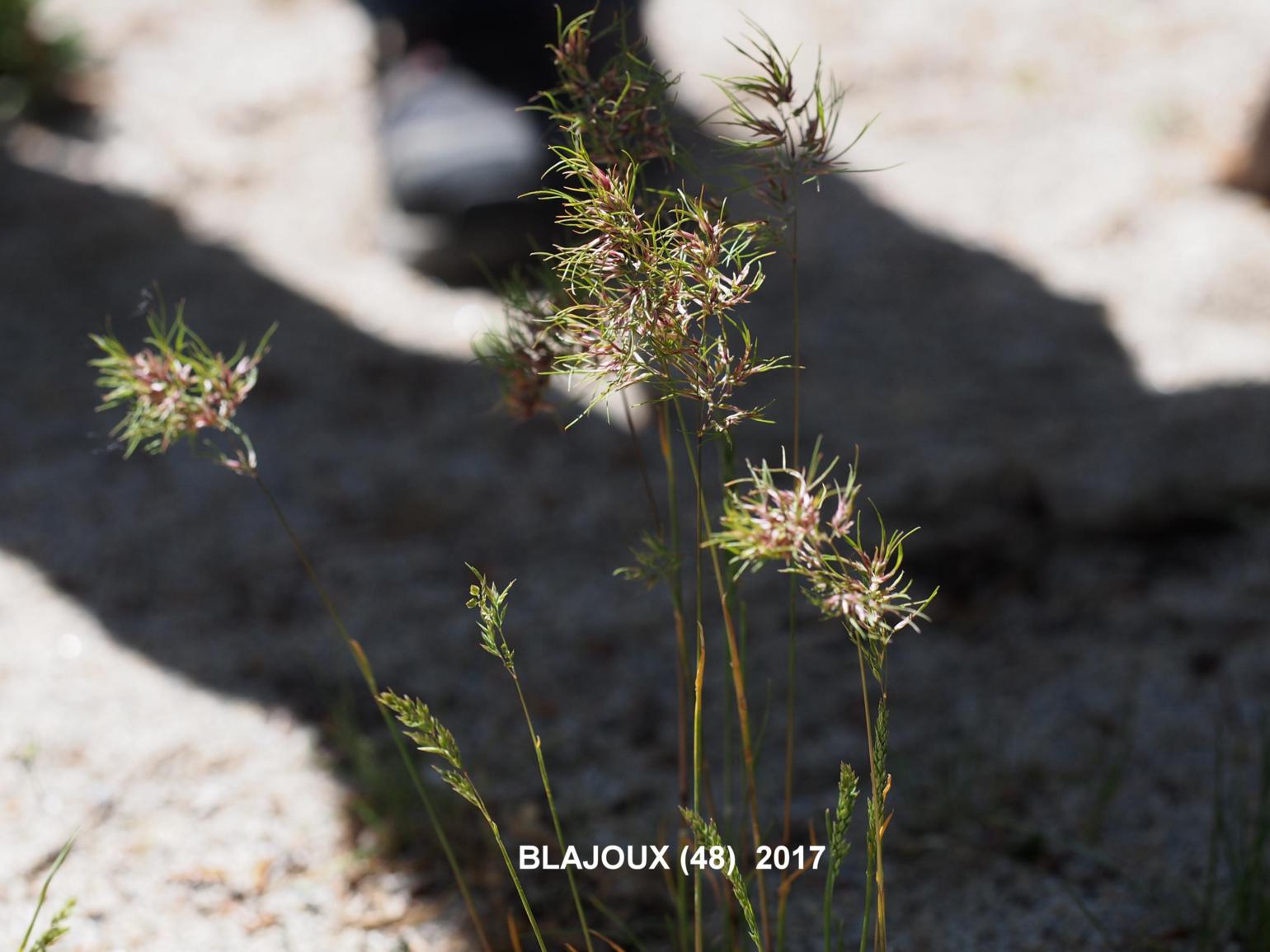
 Meadow-grass, Bulbous
Meadow-grass, Bulbous
 Pâturin bulbeux
Pâturin bulbeux
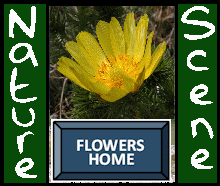


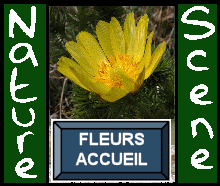
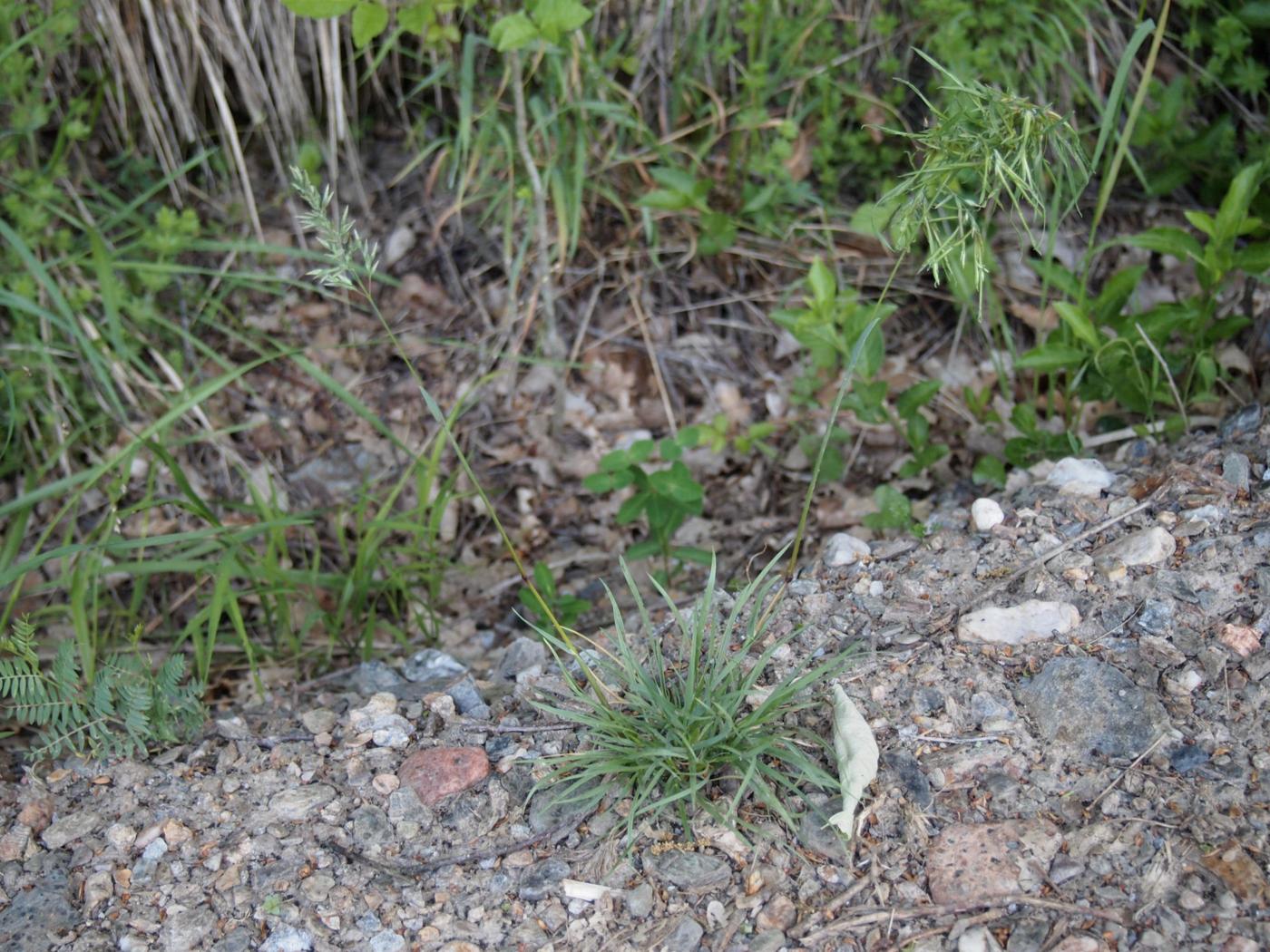
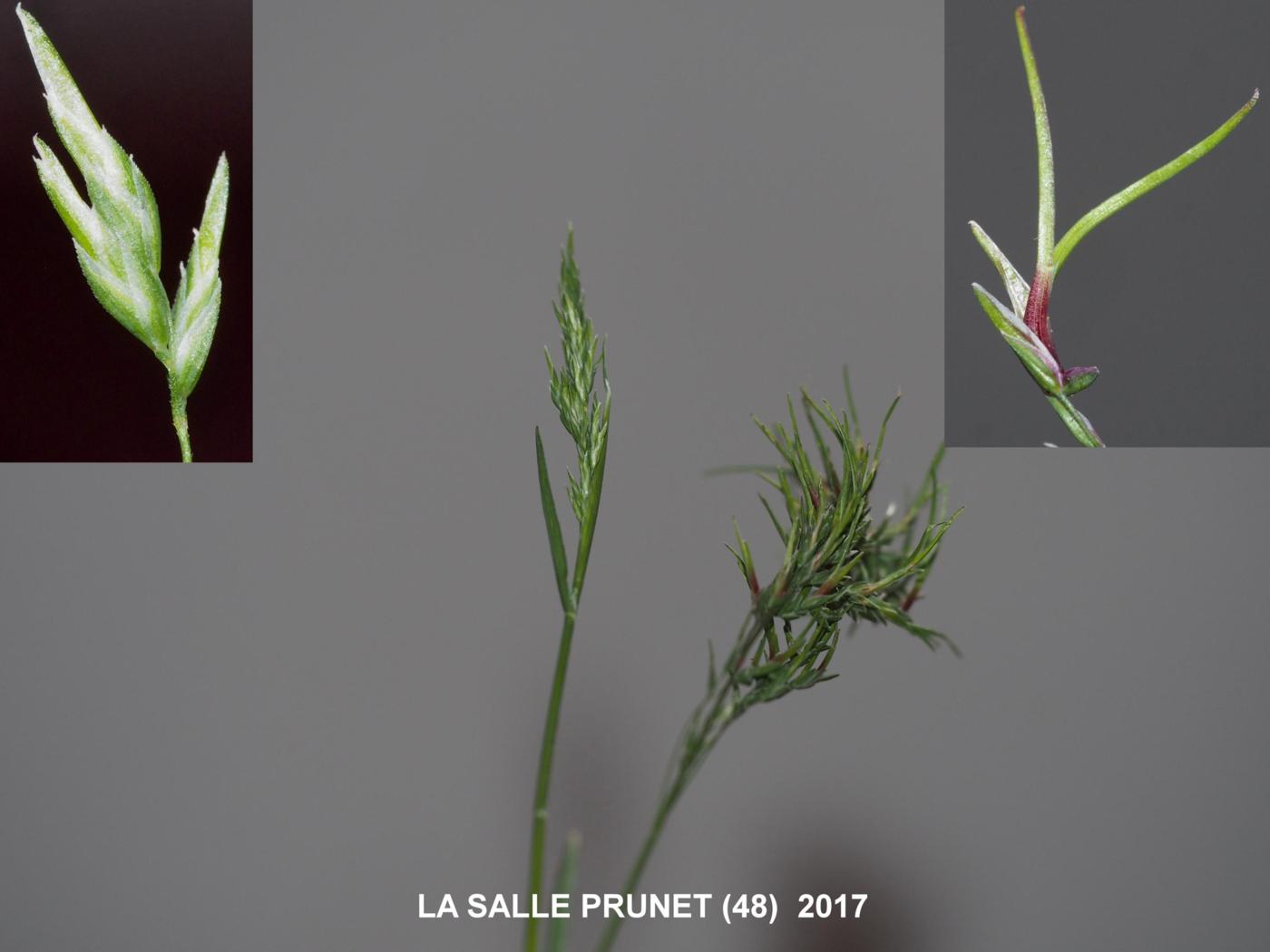
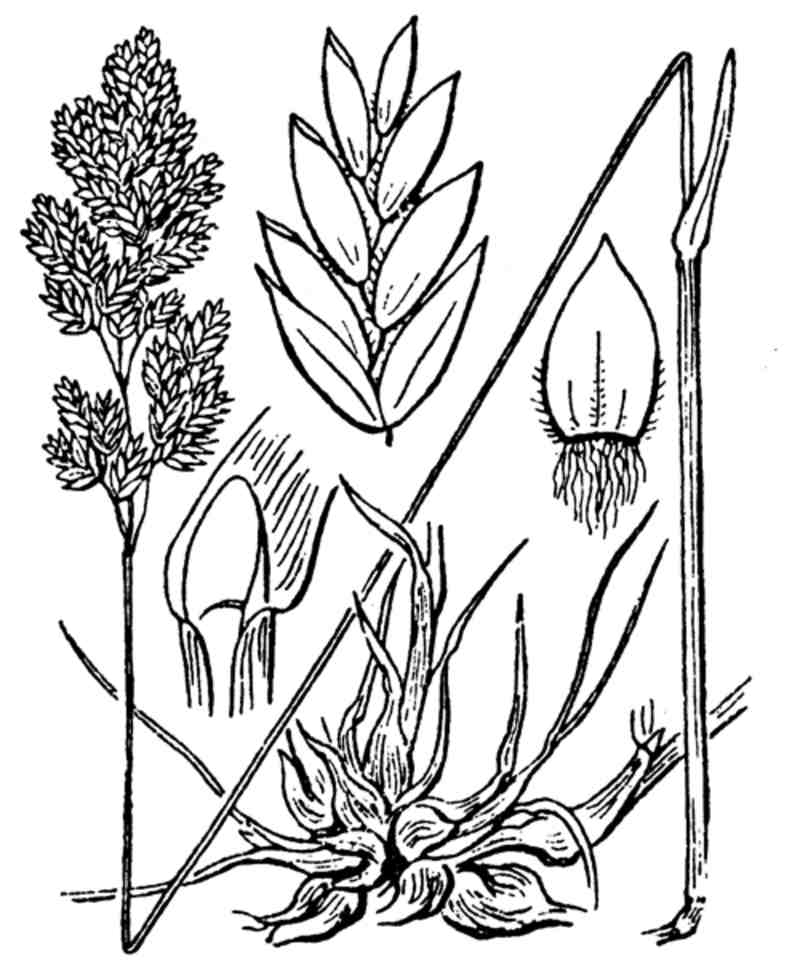
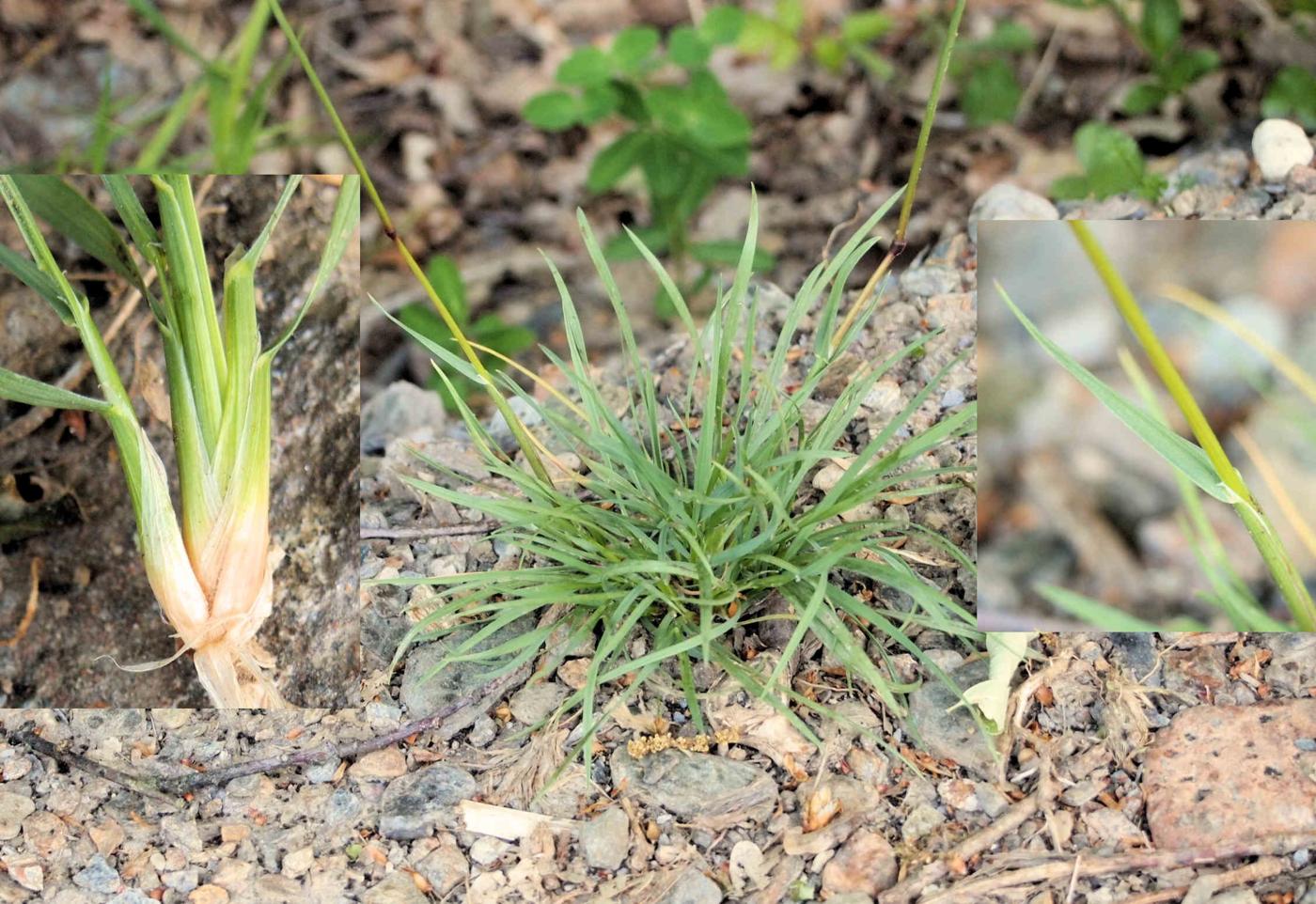
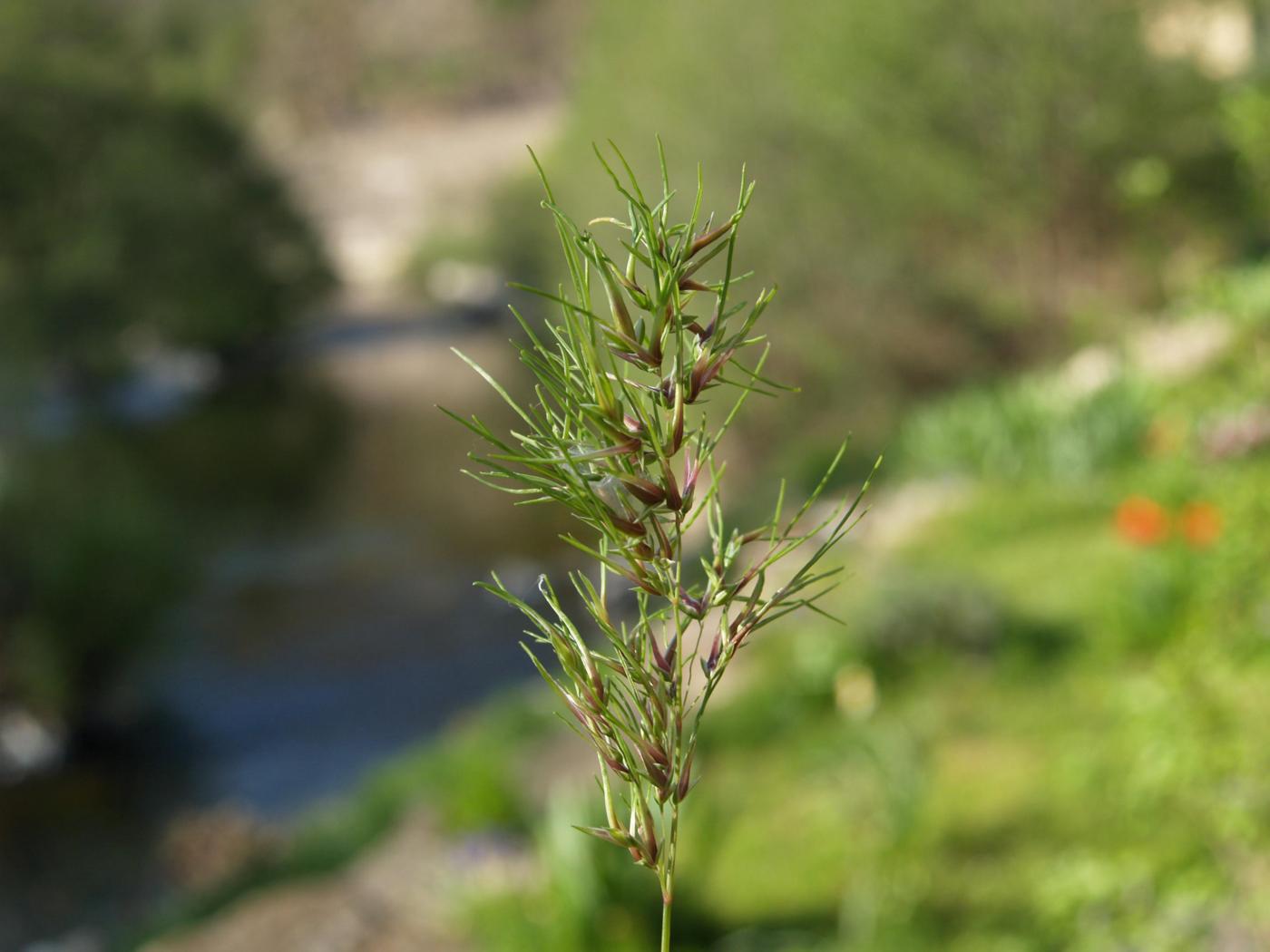
 Please
consider
Please
consider 











